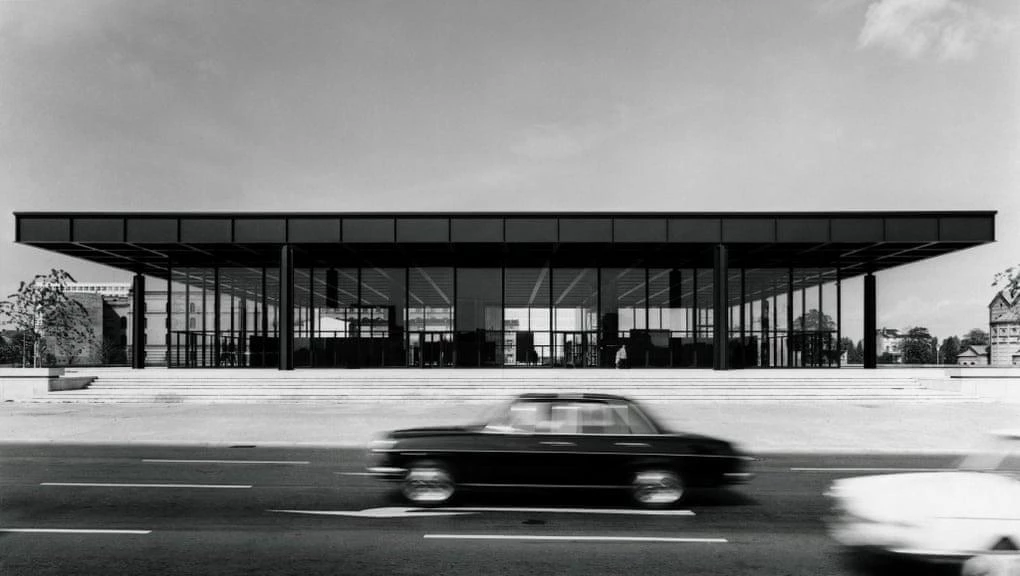
Berlin’s six-year, £120m fight to fix his dysfunctional, puddle-strewn gallery.
The modernist maestro had carte blanche to build a great museum. The result? A breathtaking icon hopeless for displaying art. British architect David Chipperfield relives his gargantuan repair job.
Never has so much praise been lavished on so dysfunctional a building. The last major project of modernist master Ludwig Mies van der Rohe, Berlin’s Neue Nationalgalerie is a perfectly square temple of steel and glass, raised above the street on its own granite acropolis. Built in 1968, not far from the recently erected Berlin Wall, it was intended to symbolise the freedoms of the west, its big black roof enclosing an epic column-free hall for the display of modern art. It has long been venerated as a 20th-century Parthenon, the ultimate example of Mies’s pursuit of “universal space”.
But as a museum, it has always been a disaster. Ever since it opened, the New National Gallery has been dogged by cracking windows, heavy condensation and awkward display spaces, presenting a curatorial nightmare for its staff. Beneath the impractical grand hall are subterranean galleries for the permanent collection that have the dreary feeling of a windowless office complex. It is one of the most extreme examples of the quest for purity of form trumping the demands of function...


